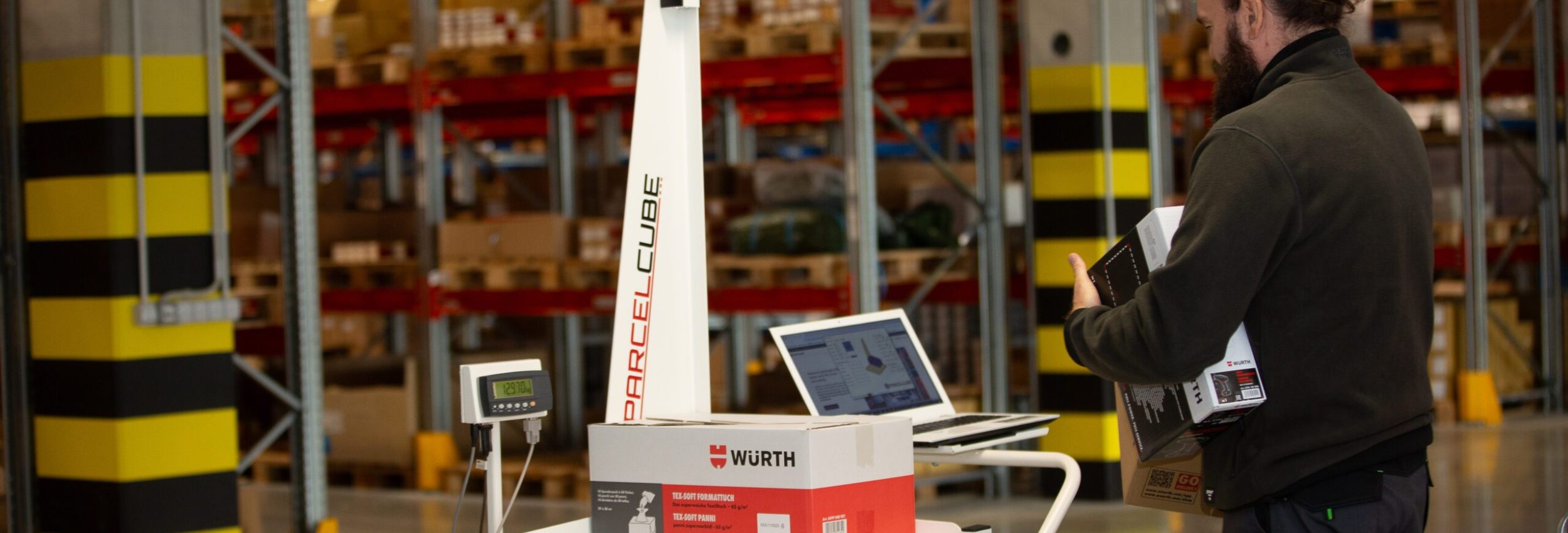
Efficient inventory management:
definition, process, and how to achieve accuracy
What is inventory management?
Inventory management refers to ordering, storing, using, and selling a company’s inventory. This includes components and finished products, but also warehousing and processing of these items [1]. Its goal is to maintain an efficient balance of stock availability and cost efficiency to meet customer demands while avoiding overstocking and shortages.
Inventory management process
In simplified terms, here are the main steps of inventory management:
- Receiving: Typically, the process starts when goods arrive at the warehouse. In this step, products are accounted for and recorded in the system. Information, such as serial numbers, product dimensions, weight, and delivery dates, are entered into the inventory system manually or via a barcode scanner. While some warehouses rely on manufacturer data, it might not always be reliable, as there could be variations in packaging, shipping conditions, or the products themselves. The most efficiency-focused companies are using parcel dimensioners connected to warehouse management systems (WMS) to automatically capture the weight and dimensions of all inbound items.
- Storage: During the storage phase of inventory management, staff organizes and stores all items in the warehouse. In this step, accurate weights and dimensions are crucial to optimize warehouse space usage. When WMS has accurate SKU data, it can suggest the most optimal spaces to store the items. Furthermore, it can also help to find these when needed in the next phases. This method prevents staff from wasting time on finding parcels and helps to use valuable real estate optimally.
- Order Fulfillment: Whether you’re a manufacturer creating finished goods or a distributor sending out items to the customer, this step involves taking products from storage, packing them, and getting them ready for shipping. In the packing phase, accurate measurements are crucial for efficient processes. This helps to automatically find the most suitable boxes and save on shipping fees. Many companies still use manual methods to measure all outbound items and boxes. However, companies that experience the biggest cost savings are using automated systems. For example, using parcel dimensioners together with WMS helps to get the most precise data and account for it in the system.
Why do accurate measurements matter in inventory management
Inventory management is all about precision. Correct measurements not only save you a lot of money in general but affect every step of the whole process. Here are the main benefits:
- Optimizing warehouse space: Measuring all inbound items helps you to organize your warehouse better and save space. This means you don’t have to invest in a bigger warehouse.
- Saving labor time: Measuring parcels manually and searching for them in an unorganized warehouse wastes valuable time and money. Investing in a parcel dimensioner guarantees a positive return on investment.
- Less mistakes in packing: Accurate dimensions ensure that staff can pack each item into the correctly sized box. Well-packed items reduce the use of packaging material and lower shipping costs.
- Lower shipping costs: Accurate measurement in inventory management affects even the last step of the process. Correct dimensions help avoid fines by ensuring packages meet carrier size and weight limits. Furthermore, it helps to ensure that you don’t ship and pay for half-empty parcels.
How do companies get measurements in inventory management?
As you’ve already seen, efficient inventory management relies on accurate measurements. Many large warehouses already use top-notch automation tools because the sheer volume of items is too large to handle manually. However, many smaller companies use various methods for collecting master data, from manual measurements to automation tools.
Manual measurements and data entry
While automated dimensioning systems (e.g., parcel dimensioners) offer the highest accuracy and speed for accurate master data, many small companies still rely on manual measurements and data entry. Some companies use the old-fashioned tape measure and calibrated scales, which can provide reasonable accuracy but are still prone to human error and are highly time-consuming.
Automated dimensioning systems, e.g., parcel dimensioners
Parcel dimensioners, such as Parcelcube, use high-quality 3D cameras and scales to capture the weight and dimensions of boxed items and irregularly shaped products. Thanks to advanced technology, it can do that in less than 0.5 seconds and achieve 0.1 cm (0.04 in) accuracy. Parcelcube parcel dimensioner seamlessly connects to all warehouse management systems. Using two tools together, companies get accurate measurements fed into their WMS for real-time inventory updates, optimized storage space, and accurate shipping calculations. For additional information, read more about our products and software.
Industrial scales and weighing systems
Some companies use industrial scales in their inventory management. These are very precise tools for capturing the weight of the item. However, they need to be paired with a dimensioning device or manual measurements to get the whole master data.
Whichever method you currently use, maintaining accurate master data requires a consistent approach. To identify and correct any errors, you should also do regular audits of your inventory management processes.
Conclusion
While there are many ways to get accurate measurements in inventory management processes, we firmly believe that parcel dimensioners used together with any reliable warehouse management system is the most accurate, fast, and efficient method. Parcelcube’s parcel dimensioners have 0.1 cm or 0.04 in accuracy in less than 0.5 seconds.
If you’re ready to upgrade your inventory management processes, contact us through our contact form. We will find you the most suitable solution.
